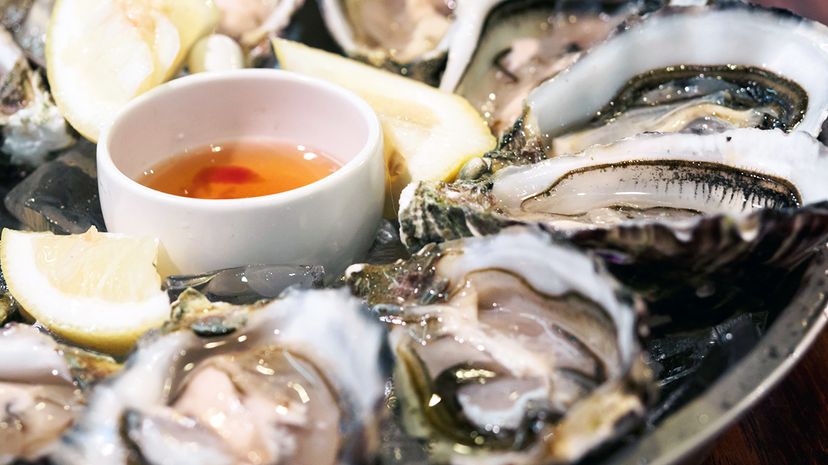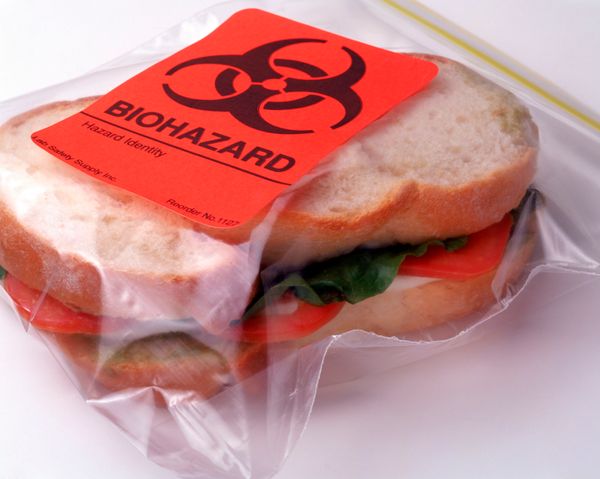
Did you know that every month — sans May, June, July and August — has the letter "R" in its name? Don't look it up. Take our word for it. Did you also know there's an old wives' tale that you shouldn't eat raw oysters in months without the letter "R" in it? Once again, don't look it up. We wouldn't lie to you.
The logic behind this is that if you eat oysters during these months, you could get sick. Crazy talk, right? Perhaps so. Perhaps not. If you think about it, the months without an "R" fall during the summer in the Northern Hemisphere, and the truth is that if you eat raw oysters in the summer you do run the risk of getting violently sick.
Advertisement
That's because (and this does not come from an old wife) when the weather is warm, bacteria known as vibrio vulnificus and vibrio parahaemolyticus thrive. And these pathogens multiply like nobody's business in warm water (as do oysters), especially in the Gulf of Mexico where a lot of oysters are harvested. So, eating raw oysters during the summer, theoretically, could increase your chances of becoming sick.
Unlike chicken, pork or hamburger, all of which stink to high heaven when they go bad, oysters don't so you can't tell when an oyster has turned that corner. They're also usually not rancid to the taste. However, you'll feel the effects about 24 to 48 hours after eating an oyster that's gone bad with vibrio. Chills. Fever. Vomiting. Diarrhea. You know the drill. In some people, high doses of vibrio can be life-threatening, especially the elderly, those with compromised immune systems and people who drink too much alcohol.
But let's be clear: Infections caused by all vibrio species are rare. The Centers for Disease Control and Prevention (CDC) estimates there are about 80,000 vibrio illnesses of all types each year in the United States. More than half are related to eating contaminated food. The most common strain, vibrio parahaemolyticus, is responsible for 45,000 illnesses annually. Those numbers are a drop in the bucket compared to salmonella, which the CDC says is responsible for more than 1 million illnesses each year.
Those eating oysters harvested from the Gulf Coast, where the water typically is warmer than along the East and West coasts, should be on guard. That's because vibrio thrives when the water temperature nears 68 degrees Fahrenheit (20 degrees Celsius).
So, if you're going to saddle up to an oyster bar during the summer months and are concerned whether those slimy suckers are contaminated, ask the chef where they're harvested from. Most chefs are reliable and only buy from reputable fisheries and purveyors they trust. Or you can just stick to cold-water East or West Coast oysters until the chillier months return in the Gulf.
Advertisement


